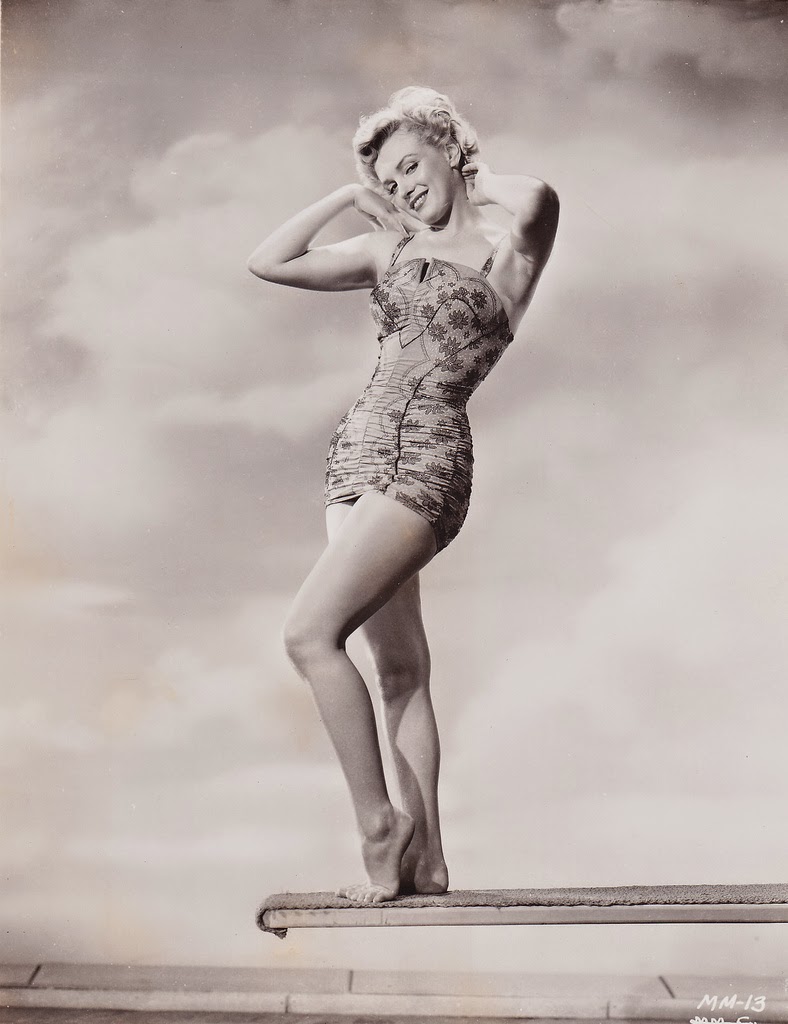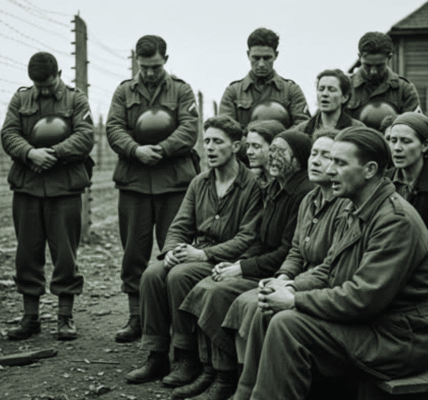The Warsaw Ghetto in 1942 was a place where survival was measured not in years or months but in hours and minutes. Streets were lined with shadows of children whose bodies bore hunger’s merciless signature, while mothers clutched ration cards that held no promise. And in that world, where innocence was stripped away before childhood had the chance to bloom, a boy no older than ten polished shoes.
With a rag and a single brush, he bent over boots caked in dust, wiping away filth in exchange for scraps of bread. His hands were too small for labor, but his devotion was larger than his years. Each shoe he polished was not for himself—it was for his family, for his mother and siblings waiting in a cramped room where hunger was louder than words.
On the day of a deportation roundup, chaos thundered through the ghetto. Soldiers barked orders. Wagons creaked. Families clung together as fear became air itself. In the midst of that storm, the boy was seen clutching his shoe brush and rag, refusing to let them go even as he was herded toward the train. To him, they were not tools. They were lifelines—symbols of his will to feed his family, to resist despair, to hold dignity in a world designed to erase it.
He never returned. But decades later, amid the rubble of what was once the Warsaw Ghetto, the brush was found. Small, weathered, its bristles worn from countless strokes, it became the last surviving witness to his devotion. His family vanished into the silence of history, but the tiny tool endured, whispering his story across generations.
The shoe brush itself seems ordinary, yet its meaning is anything but. It is a relic that holds weight equal to monuments, for it speaks not of victory but of love. That child’s refusal to drop his brush even in his final march is an act of defiance more profound than any weapon could offer.
In the modern world, we hold onto possessions—credit cards, mortgages, investments, and life insurance policies—believing they define our security. Yet for a child in the Warsaw Ghetto, security was measured in a single shoe brush, a tool that bought scraps of bread, a chance for his family to breathe one more day.
By 1940, the Nazis forced nearly half a million Jews into the Warsaw Ghetto, a walled-in prison within the heart of Poland’s capital. Streets became graveyards of the living. Food rations were deliberately insufficient—children scoured for crumbs in gutters, fathers traded heirlooms for potatoes, mothers prayed for miracles.
Amid this despair, small acts of work became lifelines. Children polished shoes, carried bundles, or smuggled bread through cracks in the wall. For many, these small labors meant the difference between life and death.
The boy with the brush was one of them. His contribution was small by any worldly measure, but in that ghetto, each stroke of his rag was an act of resistance, a child’s fight against the machinery of annihilation.
We live now in an age of abundance. We choose between investment portfolios, refinance our mortgages, apply for personal loans, or debate the best online degree programs to secure careers. We compare auto insurance rates and take out health insurance to guard our well-being.
Yet the boy in 1942 Warsaw faced none of these luxuries. His calculations were far simpler: how many shoes must I polish today to buy a crust of bread? His sacrifice reminds us that true wealth is not what we store in banks, but what we give from our hearts.
When the brush was discovered decades later, it was caked in soil and ash. Historians pieced together its meaning: it had belonged to a child, a boy no older than ten, who vanished in the deportations. Though his family’s names were lost, the brush spoke for him. It said: I loved. I fought. I tried to feed those I cherished.
Objects can become monuments. Just as a mortgage paper can represent the dream of a home, or a life insurance policy can symbolize a father’s protection, so too did this brush symbolize devotion. It is fragile proof that even in the darkest abyss, human beings cling to love.
Why should this story matter to us now, in a century that speaks of credit scores, investments, and retirement planning? Because behind all the modern systems of security lies the same truth: survival is not built solely on numbers but on relationships, compassion, and sacrifice.
-
Life Insurance protects families from uncertainty. But the boy in Warsaw embodied life insurance with his own hands, trading hours of labor to keep his loved ones alive.
-
Mortgage and Home Ownership define stability today. But for him, stability was a single room in a ghetto, where bread mattered more than walls.
-
Investment Portfolios speak of futures. Yet his only investment was a shoe brush, each polish a down payment on one more day together.
-
Online Degrees and Education promise a better tomorrow. But his education was in resilience, in learning that dignity can be polished even in the mud of despair.
The boy never grew old. He never applied for a credit card, never refinanced a mortgage, never secured health insurance, never enrolled in college, never held his own child in his arms. Yet his legacy endures stronger than most of ours will.
Because the brush survived. And through it, we see a love so fierce that even death could not silence it.
The survivors who lived beyond the Warsaw Ghetto carried with them not only scars but stories. They rebuilt lives in cities far from the rubble, raised families, bought homes, paid mortgages, secured auto insurance, sent children to universities with online degrees, and purchased investments to ensure stability.
But none of these would have been possible without the small acts of survival carried out in 1942—acts like polishing shoes.
The boy’s brush asks us a question: What object in our hands defines our devotion?
For him, it was a brush and rag. For us, it may be a home, a family, a life insurance policy, or a simple meal shared with someone in need. The tools have changed, but the principle remains: to love is to protect, to sacrifice, to give even when the world demands we surrender.
The shoes he polished may have shone only for a day, but his devotion continues to shine across the decades. In remembering him, we do not only honor the dead—we reexamine our own lives.
We ask ourselves: are we building wealth for its own sake, or are we investing in kindness? Are we hoarding bread, or are we breaking it? Are we clutching our brushes, not out of fear, but out of devotion to those we love?
The Warsaw boy never saw freedom. His family vanished into silence. But his brush, weathered and worn, endures as testimony. It whispers across time:
“I worked for love. I polished shoes for bread. I did not let go.”
And in that whisper lies the truest wealth humanity has ever known.






